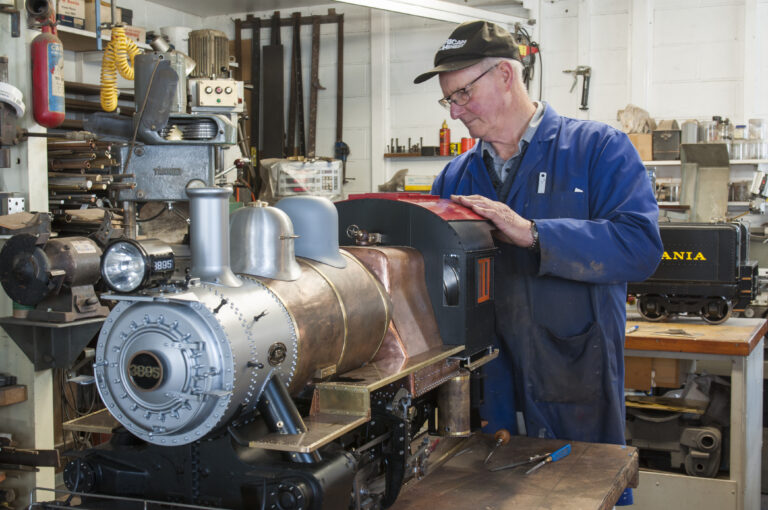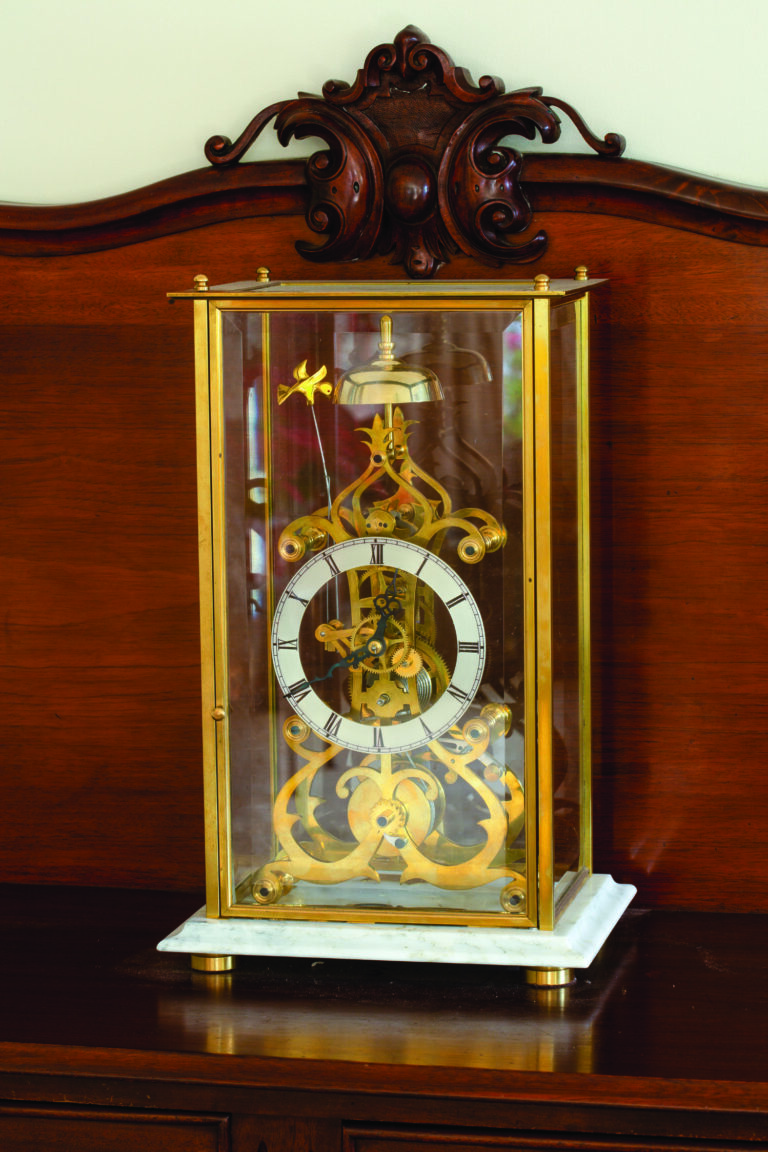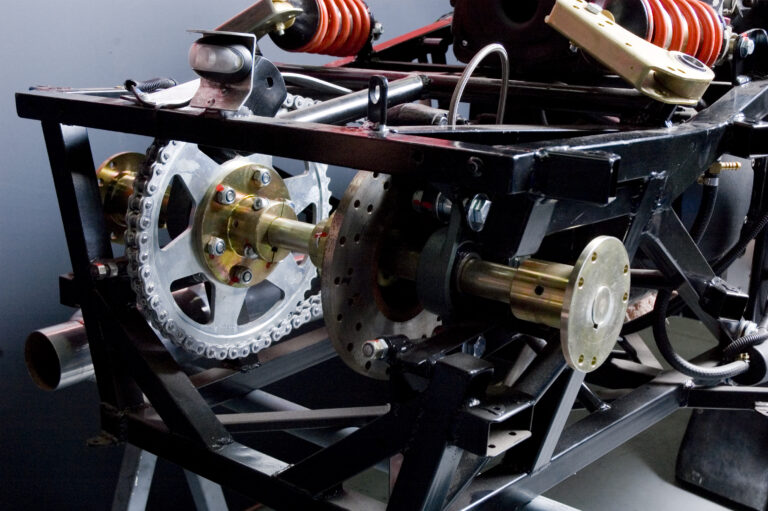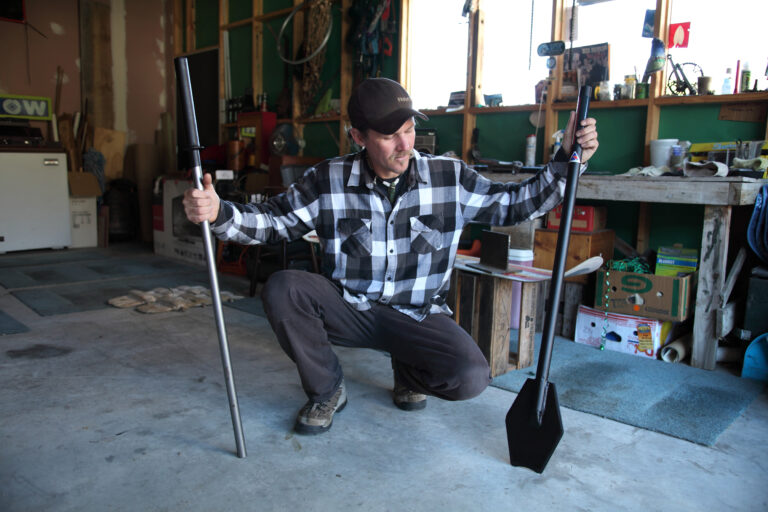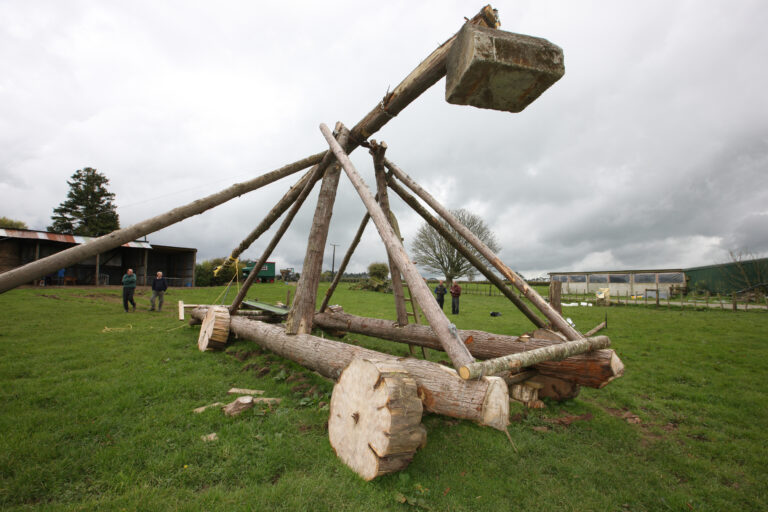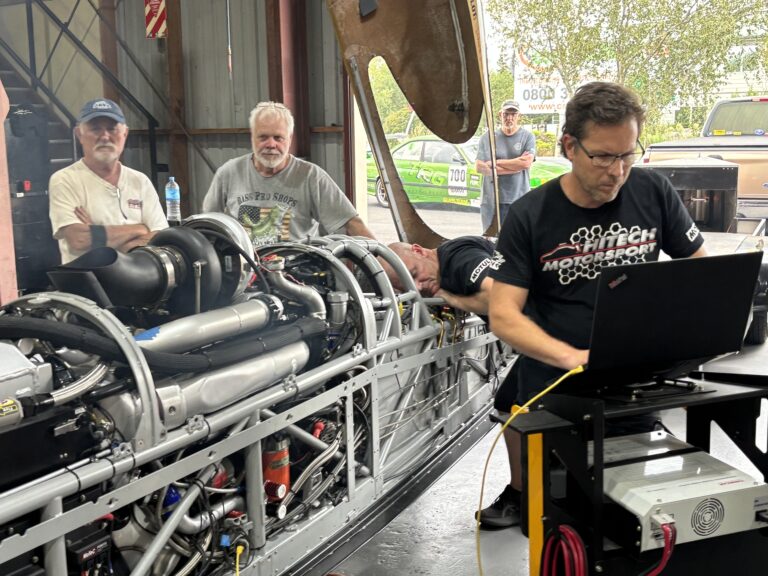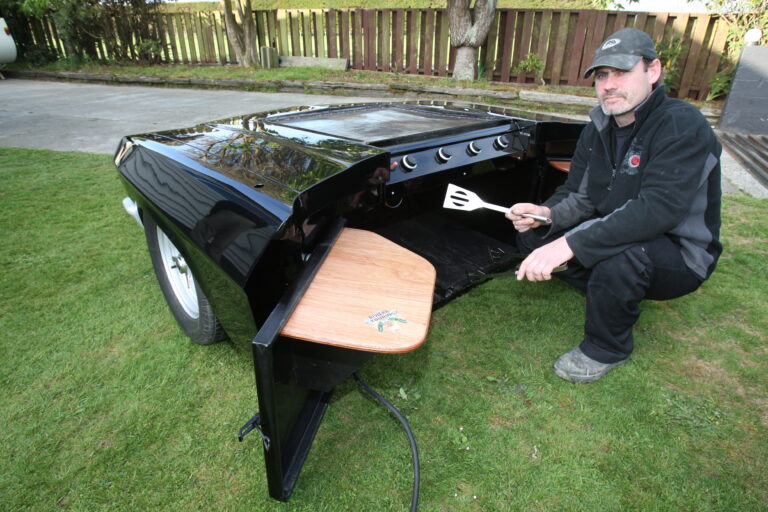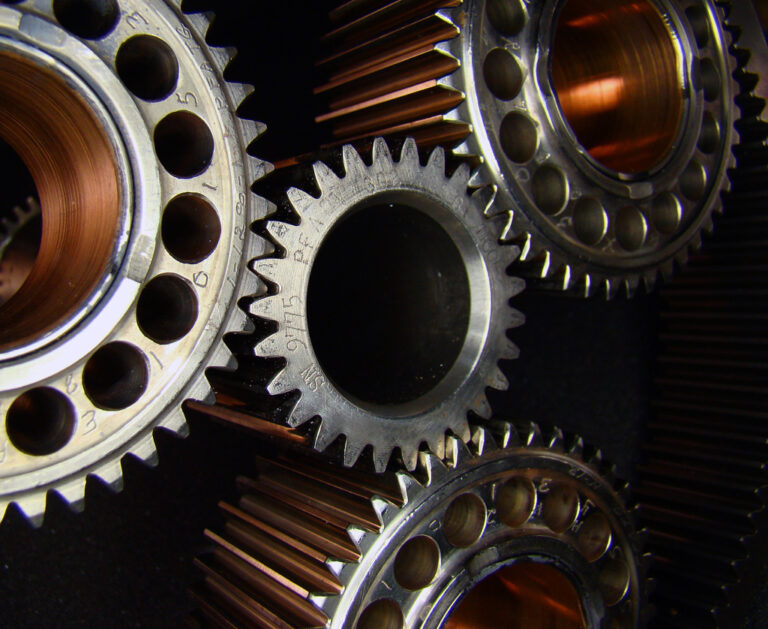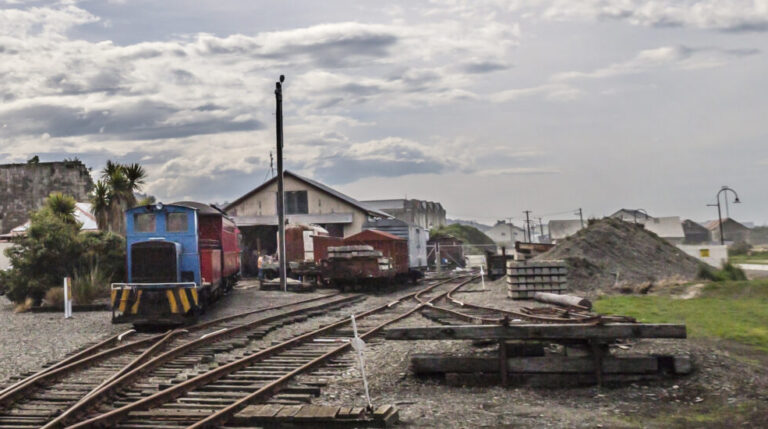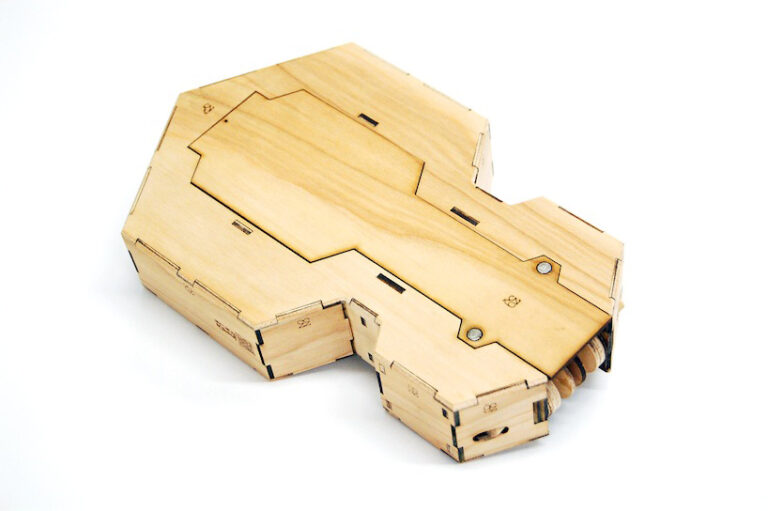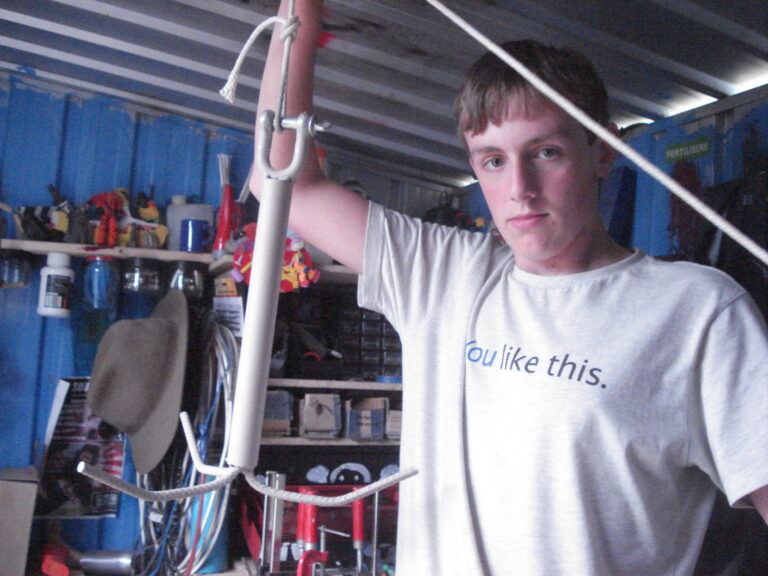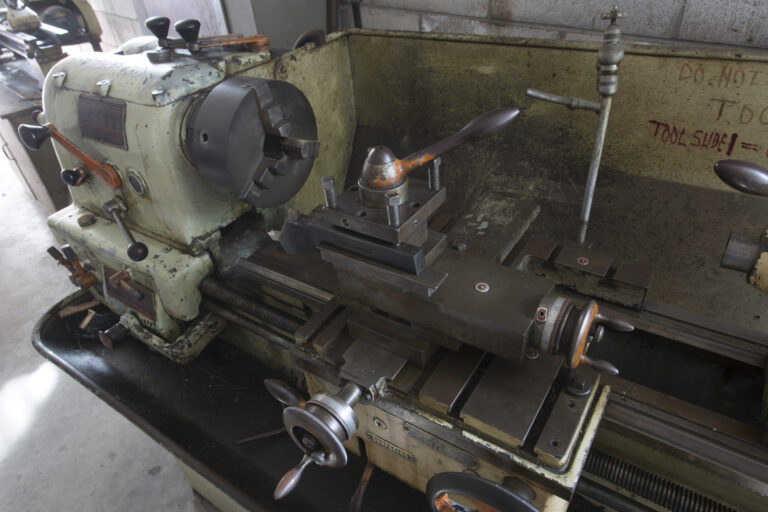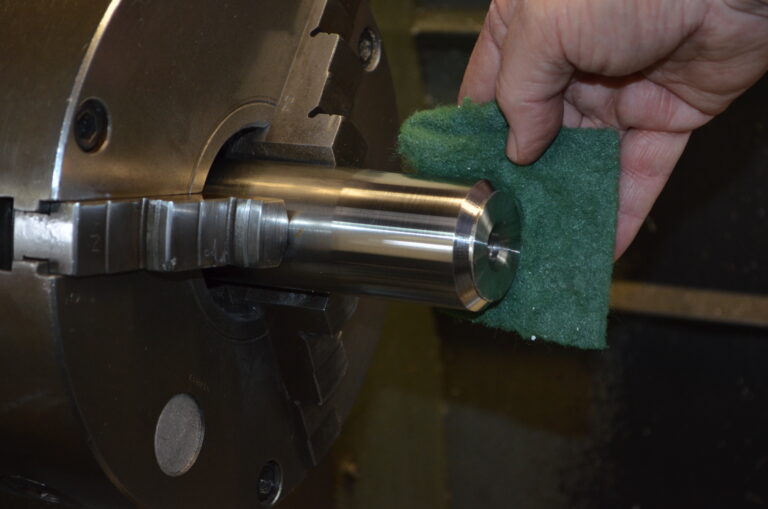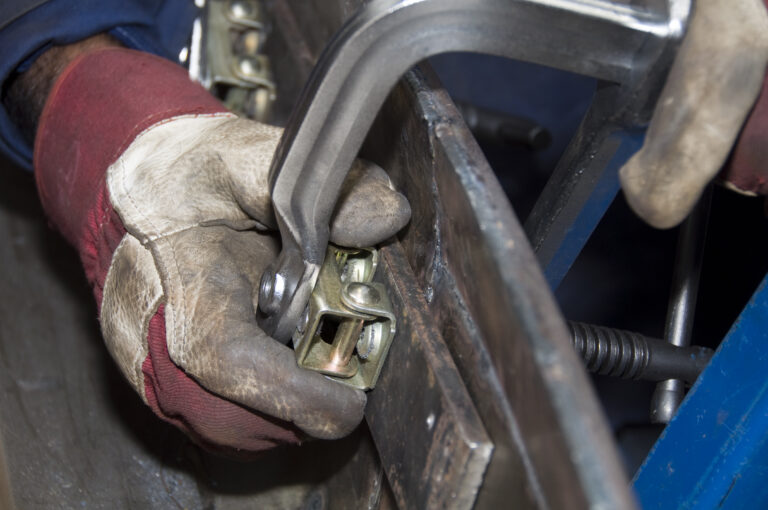
Getting a grip
I’m currently making a mould for a rotational moulded boat. It’s a complex project with barely a square angle in it and dozens of folds and welds. It’s the sort of job that requires precision and the often needs more than two hands.
Clamps are useful but they are usually fiddly and can have a tendency to slip at the last moment especially where there aren’t any flat even surfaces to get a purchase on. So I wasn’t expecting too much when I was asked to try the Strong Hand utility clamps.
They are lighter than cast clamps so I had some doubts that they would have the clamping strength I needed for the more difficult pieces.
I was a bit dubious about the sliding action, too. It’s unusual to use sliding F-clamps in engineering but I’ve seen them used in boat-building and woodworking.

